Advantages of automatic license plate recognition system
ANPR (Automatic Number-Plate Recognition) is a technology that uses optical character recognition on images to scan vehicle registration plates. ANPR can be used to save the images captured by the cameras as well as the text from the license plate.
Automatic number plate recognition is generally used by police forces throughout the world for law fulfillment basis, including to check if a vehicle is registered or licensed. It is also used for electronic toll collection on pay-per-use roads and as a method of indexing the activity of traffic for example by highways agencies.
Systems generally uses infrared lighting to permit the camera to capture the picture at any time of the day. Automatic number plate recognition technology must take into account plate differences from place to place.
Generally, some of the vehicle registration plate’s arrangements use variations in font sizes and places. ALPR camera solutions must be capable enough to deal with such differences in order to be truly powerful. More confused systems can deal with international differences, though many programs are individually modified to each country.
The cameras used in Automatic number plate recognition systems that can be closed-circuit television cameras, as well as mobile units, which are generally fixed to vehicles. Some systems use infrared cameras to take a high-quality image of the plates.
Automatic number plate recognition system’s software runs on quality computer hardware and can be connected to other applications or databases.
ANPR camera solution follows two basic approaches:
• Allows for the whole process to be performed at the site in real-time
• Other transmits all the images from many lanes to a remote computer location to perform the OCR process.
The data captured from the Vehicle plate like alphanumeric, date-time, lane identification, etc. is completed in approximately 250 milliseconds. This data can easily be transferred to a far computer for further processing if required.
In the other sequence, there are commonly large numbers of PCs used in a server station to manage high workloads. In such systems, there is a need to forward images to the remote server, and this can require larger bandwidth transmission media.
Many countries now started using license plates that are retroreflective. This returns reflected light back to the source and thus enhances the quality of the image. This is only achievable on committed automatic license plate recognition cameras.
Benefits:
• Automatic number plate recognition cameras are used to measure the average vehicle speed over longer distances
• Used to identify a motorist when he/she drives away without paying for their fuel
• Targeted advertisement
• Automatic number plate recognition cameras are used for Traffic management systems.
• Used to Analyze the behavior (route choice, origin-destination, etc.) of a motorist for transport planning purposes
• ANPR camera solutions automatically recognize customers based on their license plate and provide them the complete information about the items that they ordered the last time they used the service.
• Automatic license plate recognition camera solutions are used to recognize the guest vehicles in order to assist visitor management systems.
CAN ANPR CAMERAS BE DISCREETLY HIDDEN
On the roof or inside the vehicle? Both options of the ANPR camera placement have their pros and cons.
When it comes to innovation, in many countries police tend to be the followers rather than the pioneers. However, in recent years we have seen a remarkable increase of digitalization in law enforcement. One of the most evident examples of the ever-increasing use of technology by the police is vehicles fitted with roof cameras, the numbers of which have been growing throughout Europe.
Automatic Number (License) Plate Reading (ANPR or ALPR) cameras, able to recognize number plates of passing vehicles, have proven to be one of the most useful modern technologies, helping to clarify car thefts and other crimes.
Technical limitations
The technology consists of two parts. The first is a camera fitted with an infrared illuminator to improve visibility at twilight and night, and the second is a software capable of “reading” the number of plates from the captured image.
Conventional ANPR cameras are manufactured with an integrated infrared (IR) light. They have almost exclusively been installed on car roofs. If mounted inside the vehicle interior, a large part of the light spectrum is reflected or absorbed by the thermal glass.
However, apart from technical difficulties, some police representatives would appreciate, for various reasons, if the ANPR system could be installed inside the car interior. Some are concerned that the camera may get damaged or dirty, and others would like to also equip unmarked vehicles with the technology.
In the interior with no compromise
MOSY always listens to customer requirements and analyses how it can customize its solutions to meet specific needs. That is why MOSY responded to its clients’ desires and extended its portfolio to include an ANPR system that can be built into a police car interior.
The principle of the solution is that the infrared illumination is separated from the actual camera. In this case, the light-emitting diodes are fitted to the front end of the vehicle, thus avoiding undesired reflection or absorption of a part of the light spectrum. This allows the ANPR camera to be placed in the vehicle interior without compromising the accuracy of the number plate recognition compared to exterior camera solutions. This also eliminates any concerns about the potential effects of IR radiation on human health.
Solutions based on needs and desires
Of course, installation inside the car is more discreet and the hardware is better protected against possible mechanical damage and exposure to the elements. On the other hand, it also has its limits. Although in terms of license plate recognition accuracy, it is a fully adequate alternative to exterior ANPRs, it is not suitable for all scenarios.
For example, if there is a need to use the camera system to scan both sides of the road, or possibly all around the police vehicle, which is useful, for instance, when checking vehicles at car parks. In such cases, the installation of the interior solution is problematic due to limited options for the IR illumination and side cameras positioning.
The interior ANPR is therefore not a substitute, but rather an alternative to traditional exterior camera systems.
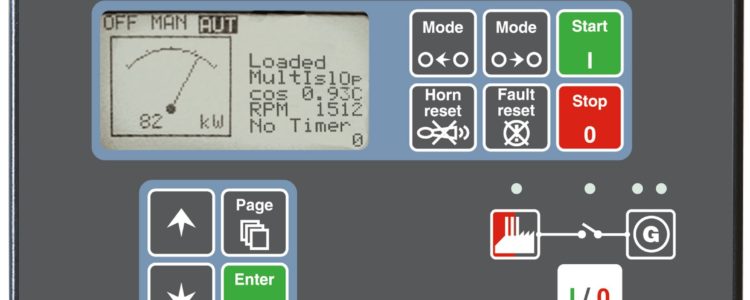





















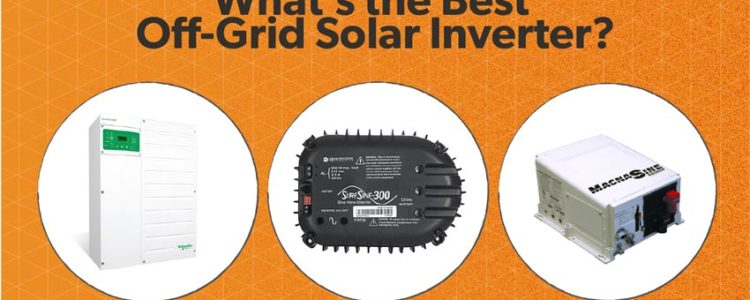















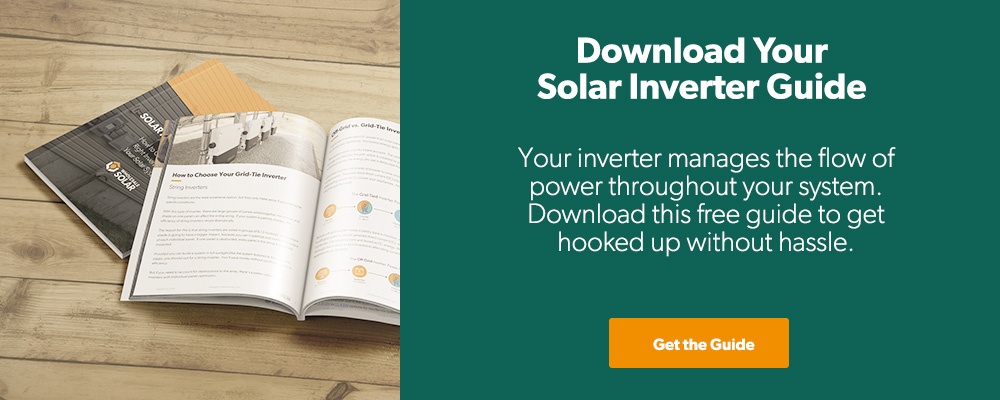


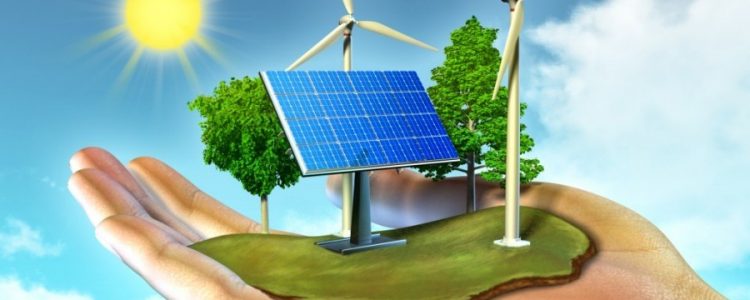




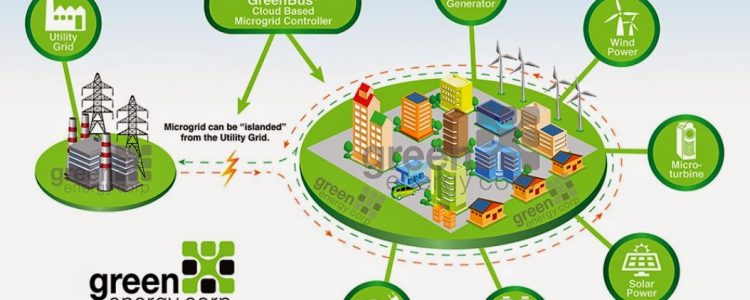


 Oceanic Energy:
Oceanic Energy:





























